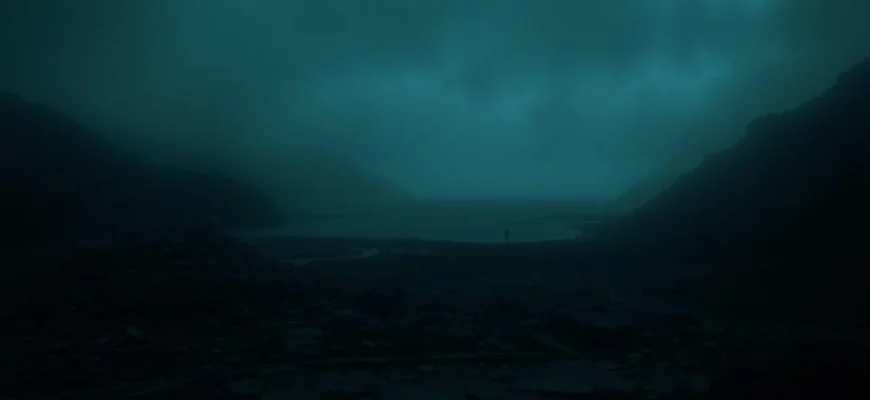If you enjoyed the suspense and eerie atmosphere of 'Body at Brighton Rock' (2019), you're in for a treat! This article explores 10 movies and shows that deliver similar thrills, from psychological tension to survival horror. Whether you loved the isolated setting, the slow-burning dread, or the unexpected twists, these recommendations will keep you on the edge of your seat. Dive in to discover your next favorite suspenseful watch!
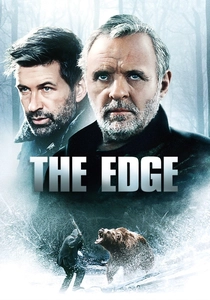
The Edge (1997)
Description: Both 'The Edge' and 'Body at Brighton Rock' involve survival in the wilderness, with the characters facing both natural and human threats. The films explore themes of trust, betrayal, and the primal instinct to survive. The breathtaking yet dangerous landscapes are central to both stories.
Fact: Written by David Mamet, known for his sharp, dialogue-driven scripts. The bear attacks were achieved using a combination of a real bear and animatronics. The film was shot in the Canadian wilderness, adding to its authenticity.
 Watch Now
Watch Now 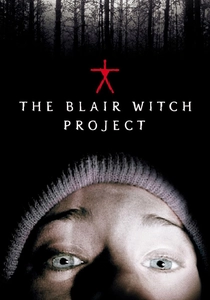
The Blair Witch Project (1999)
Description: Like 'Body at Brighton Rock', this film uses the wilderness as a source of terror, playing on the fear of the unknown. Both films feature protagonists who are out of their depth in the forest, with the environment itself becoming a character. The found-footage style of 'Blair Witch' creates a similar sense of realism and immediacy.
Fact: One of the first major films to use viral marketing, creating a website that presented the story as real. The actors were genuinely scared during filming, as the directors manipulated them. Made on a budget of $60,000, it became one of the most profitable films ever.
 Watch Now
Watch Now 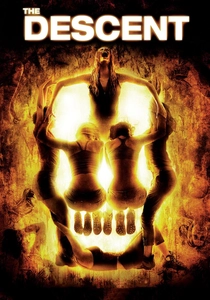
The Descent (2005)
Description: Like 'Body at Brighton Rock', 'The Descent' is a survival horror film that pits its protagonist against both the natural environment and supernatural threats. Both films feature strong female leads who must navigate treacherous, isolated settings—caves in 'The Descent' and a national park in 'Body at Brighton Rock'. The claustrophobic tension and psychological horror elements are also similar.
Fact: The film was shot in a real cave system in Scotland, adding to its authenticity. Director Neil Marshall initially envisioned an all-male cast but changed it to women for a fresh perspective. The film's ending was altered for American audiences to be less bleak.
 Watch Now
Watch Now 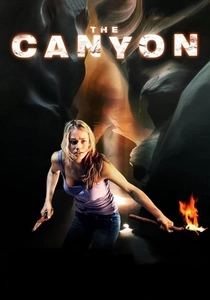
The Canyon (2009)
Description: This survival thriller shares with 'Body at Brighton Rock' the premise of a romantic outing turning into a nightmare. Both films feature couples who must rely on each other to survive in harsh, remote environments. The tension between the characters and the unforgiving landscape is a key similarity.
Fact: The film was shot on location in the Grand Canyon. Director Richard Harrah is known for his work in television, including 'CSI'. The movie was originally titled 'Canyon' but was renamed to avoid confusion with another film.
 Watch Now
Watch Now 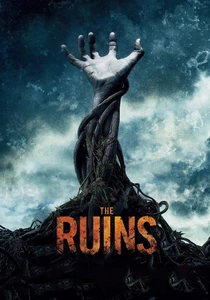
The Ruins (2008)
Description: Both 'The Ruins' and 'Body at Brighton Rock' involve young people facing horrifying, inexplicable threats in isolated locations. The protagonists' initial casual attitude turns to sheer terror as they realize the danger they're in. The films share a slow-building dread and a focus on the psychological toll of survival.
Fact: Based on a novel by Scott Smith, who also wrote the screenplay. The film's antagonist is unique—a sentient, malevolent plant life. The movie was shot in Australia, standing in for Mexico.
 Watch Now
Watch Now 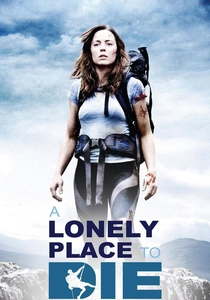
A Lonely Place to Die (2011)
Description: This thriller shares with 'Body at Brighton Rock' the theme of ordinary people encountering danger in the wilderness. Both films involve hikers who stumble upon something sinister, leading to a fight for survival. The remote, mountainous setting and the sudden shift from adventure to terror mirror the tone of 'Body at Brighton Rock'.
Fact: The film was shot on location in the Scottish Highlands. The director, Julian Gilbey, is known for his gritty, realistic action sequences. The movie blends elements of crime thriller and survival horror, much like 'Body at Brighton Rock'.
 Watch Now
Watch Now 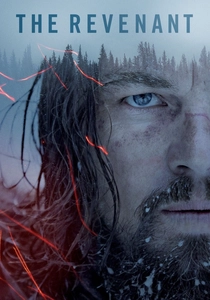
The Revenant (2015)
Description: Like 'Body at Brighton Rock', 'The Revenant' is a survival story set against a harsh, unforgiving natural backdrop. Both films feature protagonists who must push themselves to the limit to survive. The visceral, immersive cinematography and the focus on the protagonist's physical and emotional ordeal are key similarities.
Fact: Leonardo DiCaprio won his first Oscar for his performance. The film was shot using only natural light, a first for a major Hollywood production. Director Alejandro González Iñárritu and cinematographer Emmanuel Lubezki also collaborated on 'Birdman'.
 Watch Now
Watch Now 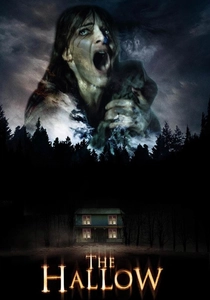
The Hallow (2015)
Description: This film shares with 'Body at Brighton Rock' the theme of nature fighting back against human intrusion. Both movies blend folklore with horror, creating a sense of ancient, malevolent forces at work. The isolated forest setting and the protagonist's gradual realization of the danger are key similarities.
Fact: The director, Corin Hardy, is a noted special effects artist, which shows in the creature designs. Inspired by Irish folklore about fairies and banshees. The film was shot in a real forest in Ireland, adding to its eerie atmosphere.
 Watch Now
Watch Now 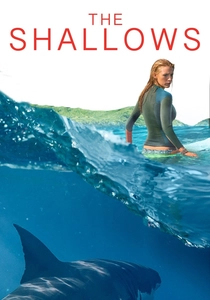
The Shallows (2016)
Description: Like 'Body at Brighton Rock', 'The Shallows' is a survival thriller with a lone female protagonist battling against nature. Both films emphasize the protagonist's resourcefulness and will to survive. The isolated, beautiful-yet-deadly setting is another parallel.
Fact: Blake Lively performed many of her own stunts, including swimming with real sharks. The film was shot in Australia, with the ocean scenes filmed in a giant tank. The shark was created using both CGI and animatronics.
 Watch Now
Watch Now 
The Forest (2016)
Description: Both 'The Forest' and 'Body at Brighton Rock' involve young women confronting supernatural horrors in wooded areas. The films explore themes of grief and guilt, with the protagonists' emotional states influencing their perception of reality. The setting—a dense, ominous forest—is central to both stories.
Fact: Set in Japan's Aokigahara Forest, a real-life location known for suicides. The film's director, Jason Zada, is primarily known for his work in advertising. Natalie Dormer plays dual roles as twin sisters in the film.
 Watch Now
Watch Now 
